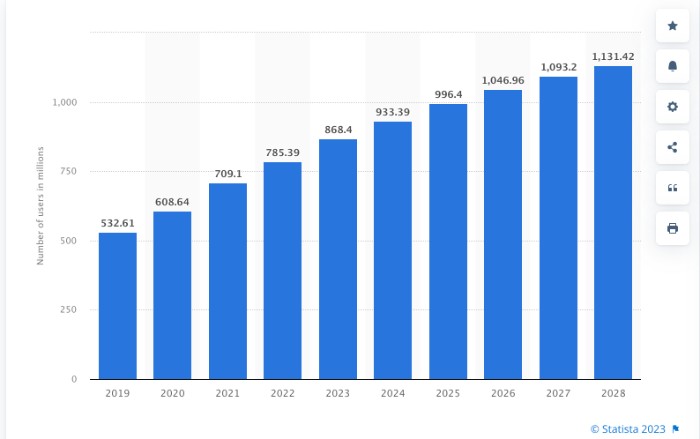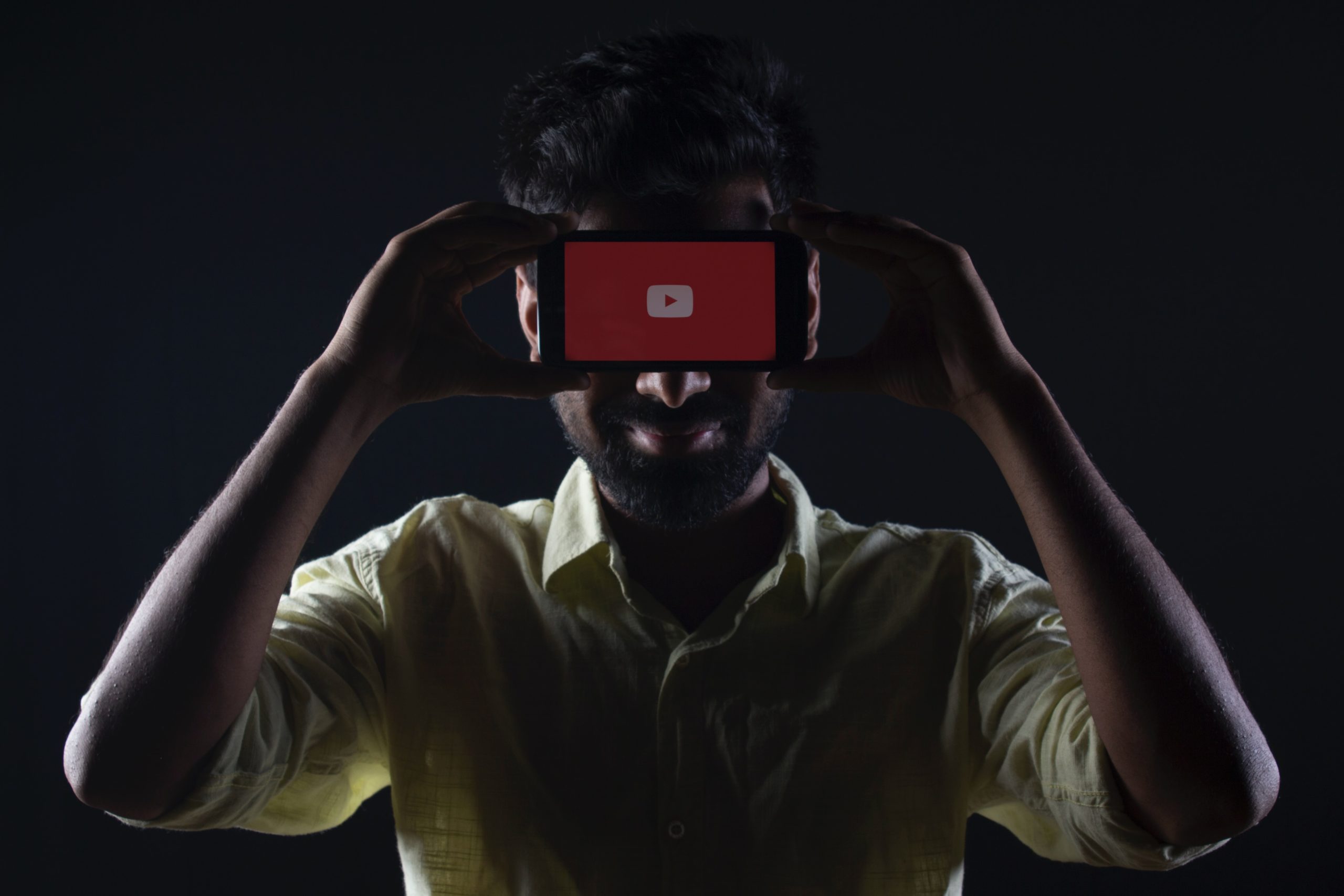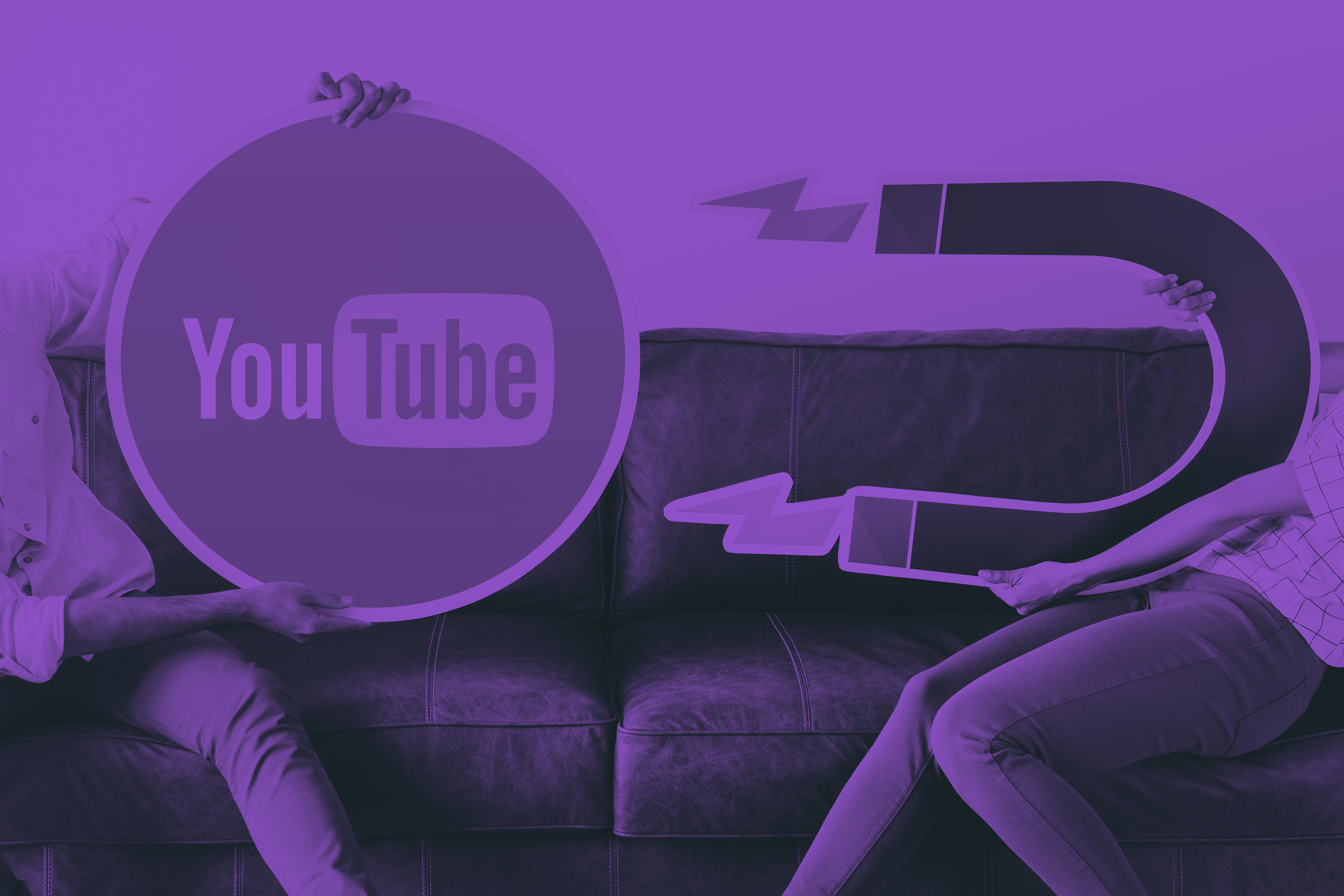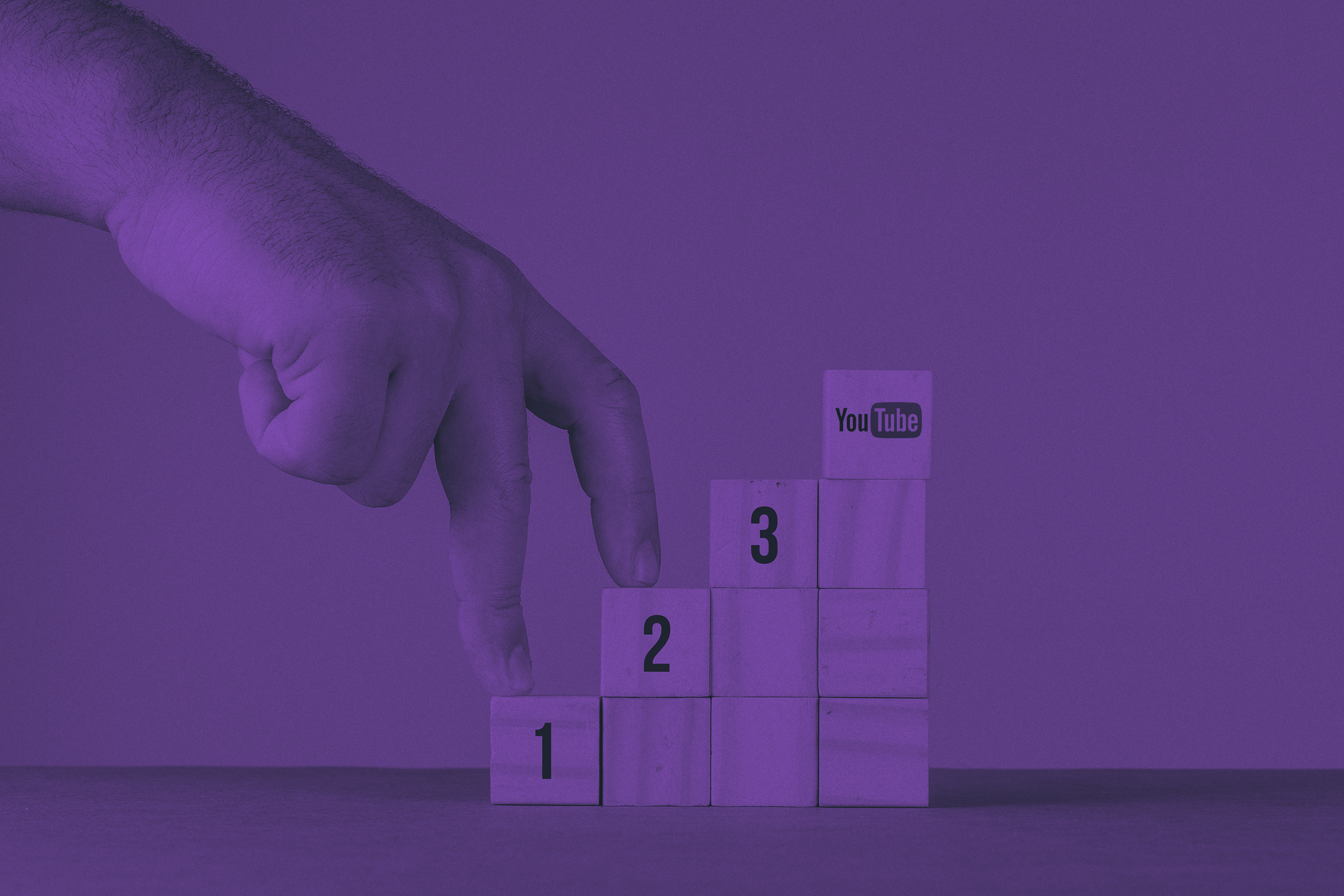The internet’s a pretty wild place these days – but 17 years ago, when YouTube launched, it was a different beast entirely. When the first videos went viral on YouTube, few people could have imagined the impact this platform would have on marketing, let alone video advertising.
After all, it was mostly cat videos, cute babies, and awkward teens.
Today, YouTube is a powerhouse in the digital landscape - and it’s no surprise that video advertising has grown to become one of the most popular methods of driving revenue.
But how did we get here? Let’s take a stroll down memory lane.
The Days of Innocence
YouTube's beginnings were... humble. Square-formatted videos in low-resolution couldn't have predicted what the platform would grow to be today. And yet, it somehow caught on.
In February 2005, Chad Hurley, Steve Chen, and Jawed Karim (former PayPal employees) registered YouTube -- a platform which, they thought, would be great for people to share their homemade videos.
One year later, YouTube had already garnered 20 million users, and Google acquired the company for $1.65 billion.
By 2007 and 2008, YouTube had experienced its first wave of viral videos. Charlie bit his brother's fingers, we were collectively asked to leave Britney alone, and cat videos took over the internet. The promise was huge. By 2008, more than 160 million users had joined YouTube, making it more than just a playground for funny videos.
The Advent of the Influencer Era and Beyond
Video by video, like by like, and comment by comment, YouTube grew into a giant. People of all ages were tuning in regularly. Content creators started to make a living off their channels, and suddenly everyone wanted to be an influencer.
The Hunger Games peaked, Justin Bieber charmed the internet, and people everywhere huddled around screens watching gamers play on YouTube. Suddenly, content created by other people became embedded in our lives. Makeup tutorials, cooking recipes, electronics reviews -- they all made their way into our day-to-day routines.
The Influencer Era began -- and like most things, it didn't start with drum rolls and trumpets, but with baby steps: tutorials, funny videos, and vlogs. Content creators like Michelle Phan, PewDiePie, and Jenna Marbles started becoming household names -- and brands everywhere began to take notice.
The future of influencers?
Well, nobody has a crystal ball, so we can’t say with absolute certainty what will happen next. What we do know, however, is that the Creator Economy is on the rise – so much so that in t was estimated to have reached $16.4 billion at the end of 2022. And with more people moving towards smaller communities, it’s likely influencers will continue to have a powerful role in marketing and SEO – for the foreseeable future, at least.
The History of YouTube Advertising
There's a reason YouTube attracted so many content creators: there was money to be made. And how else would that have been possible, other than through ads?
The first in-video ads aired on YouTube in 2007, and in 2008, YouTube introduced preroll ads. It was a whole new era in digital marketing, as advertisers suddenly had access to a new way of advertising and reaching out to their target audience.
With an audience of 160,000, YouTube had the perfect sales pitch: the world is watching, and your ads should be here. So brands started to join the party, and YouTube’s ad platform started to take off.
In 2011, YouTube was collecting more video content in 60 days than all three major TV networks in the U.S had collected in 60 years. So they kept adjusting their ad system to be more effective and efficient.
Today, YouTube is one of the biggest players in the video advertising space. If you want to sell a product (any product), you'll likely find your ideal customers hanging out on YouTube -- and so, you can create a video that engages them and pay for advertising on the platform.
What's more, YouTube Ads have surpassed TV ads in many respects:
- For 18-49 year olds, YouTube Ads have a broader reach than any TV broadcatser
- YouTube Ads cost a lot less than TV ads -- and they bring back more ROI (which you can also measure more accurately)
- YouTube Ads can be laser-targeted to your ideal target audience (whereas TV ads can't)
- YouTube ads offers more types of ads, including skippable ads and interactive elements that connect you to your target audience in a dialogue, rather than being stuck in a one-way communication (like you'd be with TV ads)
Here's a quick timeline of features introduced in YouTube Ads from 2010 onwards:
- 2010: YouTube introduces TrueView skippable ads and changes the game. From ads that feel like ads, brands start creating digital video ads that feel like entertainment.
- 2015: YouTube introduces Masthead, a type of ads that plays for 24 hours and gets displayed on the top of YouTube’s homepage.
- 2016: YouTube introduces 6-second bumper ads, unskippable ads that play before video content begins.
- 2018: Outsteam Ads are launched, as a type of ad format that can be displayed on any external website.
- 2020: YouTube Shorts is launched as a response to TikTok, allowing creators to upload organic short-form videos. While Shorts doesn't allow for ads yet, the plan is to introduce ads between videos starting with 2023.
Although these are just some of the features YouTube introduced for advertisers, they changed how advertising is done (online and...offline). And it shows: in Q1 2022, advertisers spent $482 million on YouTube Ads (and that's just one quarter). Given numbers like these coming from the market, it's unlikely YouTube ads are going anywhere soon.
Modern-Day Types of Ads on YouTube
Although it may have started small, YouTube today offers advertising options for every need and every budget range. Some of the most popular types of ads on YouTube include:
Skippable In-Stream Ads
These are the classic YouTube ads. As the name suggests, viewers can skip them after 5 seconds. Advertisers will pay when users watch the entire video or at least 30 seconds of it (if the video is longer).
Non-Skippable In-Stream Ads
These ads must be watched in their entirety, and advertisers will pay for each view. These usually last up to 15 seconds.
In-Feed Video Ads
In-feed video ads are similar to skippable ads, but they appear within the YouTube player. Users can click on them and watch them in full-screen mode.
Bumper Ads
Also known as unskippable ads, these are 6-second-long videos that precede other YouTube videos. Viewers can't skip them, and advertisers will pay them by impressions.
Outstream Ads
Outstream ads are similar to skippable ads, but they're displayed outside of the YouTube environment (on other websites). They target users across publisher sites, apps, and connected devices.
Masthead Ads
These are large ads that run for 24 hours on YouTube's homepage. They can be customized to fit any brand’s needs. Advertisers will pay for impressions, regardless of the video length (which can be set from 15 seconds to 10 minutes).
Predictions for the Future of YouTube Ads
Nobody can tell what the future will bring.
One thing's for certain, though: YouTube is the only advertising platform growing healthily and steadily in terms of usage -- time on application, and number of users. There's no magic in this: it's just YouTube pushing the limits of what's possible with video advertising by constantly introducing new features and improving or updating existing ones.

Based on current data and context, we can make some educated assumptions on the future of YouTube Ads -- at this point at least. Here's what may happen in the short and medium-term future:
Long-form Content Will Remain Important
While Shorts have gained a lot of ground in the last couple of years, long-from content isn't going anywhere, any soon. Short-form videos are great for a lot of purposes, but long-form content can be a lot better when you:
- Want to explain complex concepts
- Need to build trust with viewers
- Focus on topics in-depth
Informational Content Will Also Stay Essential
Entertaining and informative are both key to creating YouTube ads that work. As long as viewers continue searching for content that can help them make decisions, informational ads will be valuable.
Multiple YouTube Formats Will Continue to Gain Ground
YouTube Live, Shorts, and TV will continue to gain ground. Special importance should be given to Shorts, which competes with TikTok at the moment. However, as TikTok legislation is prone to being changed very soon, Shorts will most likely be where most of the U.S. TikTok audience flocks in the foreseeable future.
Conclusion: Will YouTube Ads Dominate?
YouTube Ads has come a long way -- and it's not showing signs of stopping. As more features and formats are enabled and promoted, advertisers will continue to create great ads that reach the right audience. And with more viewers flocking to YouTube, there will be more of an incentive than ever to create ads on the platform and reach more people.
With the right strategy, you can take advantage of this opportunity and get your message across to the right people. Yugo Media can help you throughout the entire process: from ideation to ad targeting and optimization, so contact us if you're looking for a partner to support your business and help you reach your ideal customers in a cost-effective, efficient way.







